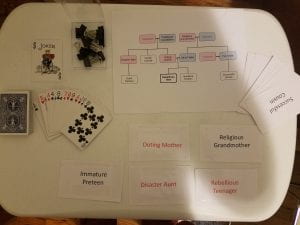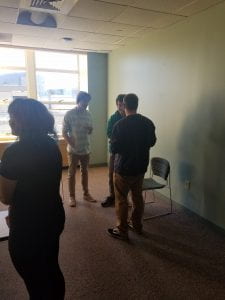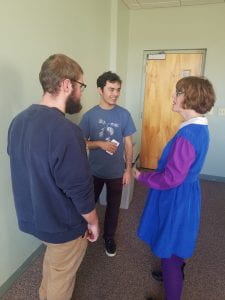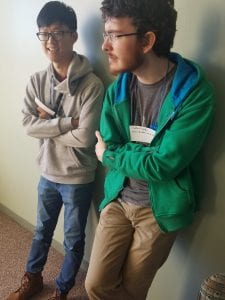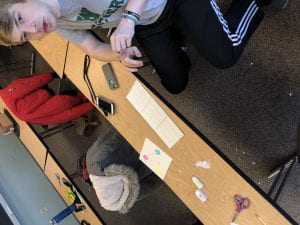My game is called “Tsum Tsum Party”, an appropriation of both Mario Party and a line of Disney plush toys called “tsum tsums”. Mario Party is a party video game with involved a virtual game board that players navigate and each round, they interact through mini games. I wanted to try to recreate that setting through a physical game. The board itself operates similarly to Mario Party’s, with forward and backward directing spaces, with mini events and luck-based triggers.
One of the best attributes of Mario Party was its encouragement of physical movement even though the game operated virtually, so I tried to include that as much as possible. Tsum-tsum means “stack stack” in Japanese, and all the plushes are Disney characters. Thus, a number of mini games involved stacking and disney-related events.
Mini games included:
– disney pictionary based on a blind-drawn tsum tsum from a bag
– disney trivia along the board
– speed stacking tsum tsum (tallest stack wins)
– FINAL GAME: tank and ammo with tsum
– Players get into pairs, one is the tank (on all fours, blindfolded) and one is the driver. The driver has to verbally direct the tank to tsum tsum scattered across the floor and get them to throw it and hit any of their opponents. If either the driver or tank gets hit, they are out. The last team standing wins. This game gives a lot of bonus points.
Tsum Tsum:
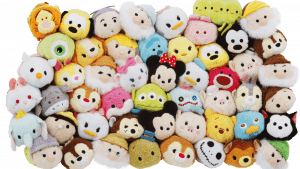
Mario Party:
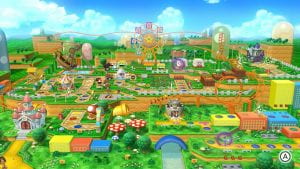
Tsum Tsum Party:
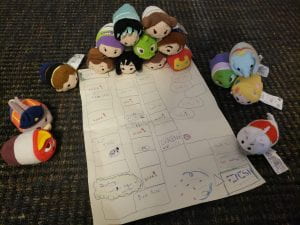
Playtesting Notes:
Everyone really enjoyed the game, and it had the level of interactivity that I wanted. I think with any use of appropriated media, you can’t assume that everyone knows the material you’re appropriating, and some people didn’t know Disney as well as others. However, I feel that Disney in general is popular enough that it’s okay.
Players all had fun, and overall I feel it was an entertaining party game.

